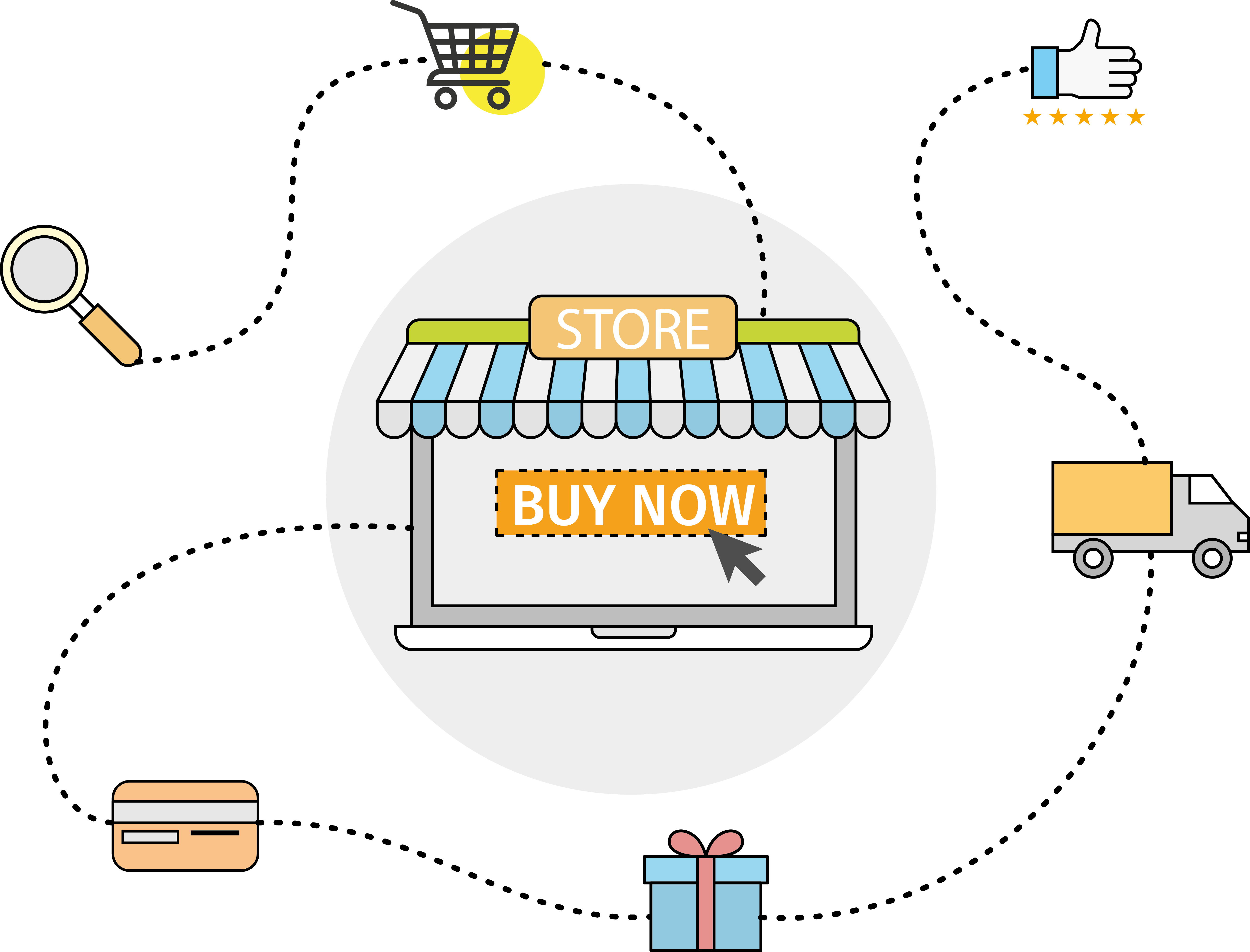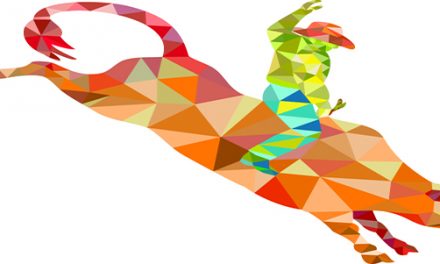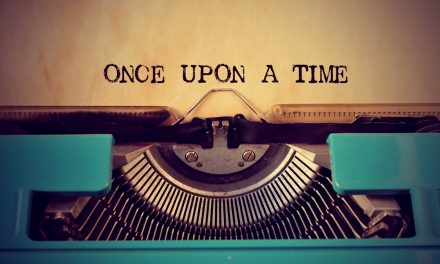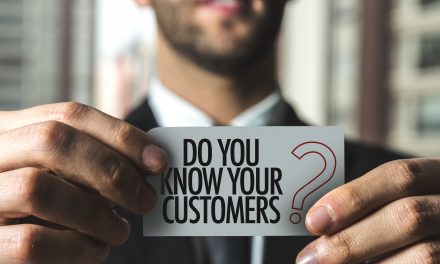For some, getting new customers is easy, for others it’s not. Some have an abundance of prospects or enquiries which they easily convert, and others do not.
I guess if you’re cruising then this may wake you up a bit, and if you’re struggling this could help you re-focus.
The key is understanding what your customer life cycle is, and what key stages there are in the journey; then moving them through your funnel, from lead to hot prospect and then ultimately into customer and beyond.
Most people I talk to have no idea what I’m talking about when I say these things, but the astute business owner will nail this down, and depending on the size of the business, automate those processes as much as possible.
From this funnel the key performance indicators can be identified, and in turn, your business trends can be revealed. If you are already tracking this, then great stuff, if you are not, then you should really start putting the systems into place that will help you.
To explain:-
Let’s take a simple Store Customer life cycle:-
Customer walks into a store. Browses around, either buys something or doesn’t, and leaves.
This applies to both the physical environment and the digital. In reality there is, in my opinion, very little difference.
It amazes me that the vast majority of businesses rely on this system to trade and exist. But if you’re willing and want to grow, you will analyse each stage of this journey to improve customer experience and life time value.
Once a prospect has walked into the store, do you have someone to welcome them and, if yes, what do they say? God, I hope it’s not “Can I help you?”
- At what point do your staff engage?
- What do they say?
- What information do they ask for?
- What do you send them?
- How do you re-engage?
- How often do you re-engage?
- What do you say?
While this relates to a store, your internet experience should be no different. In fact, the deeper you delve into the journey and experience the more chance you’ll ultimately have of turning them from prospect to customer.
So, let’s delve a bit deeper.
In each product transaction there is a transfer of information culminating ultimately in the delivery of a quotation that leads to the sale. The closer the value of the goods for sale represent the value that the purchaser puts on the acquisition of the item, the more likely that the price will be met, and the sale made.
Where the exchange seems unfair, then obviously the transfer will not occur. Reducing the gap between the two values is the key to the structure of the transfer of information and therefore the escalation of value.
Interestingly, it does not matter what price you put on your product, since price is a subjective matter and what may seem hellish expensive to one person is a mere trifle to another. Being too cheap can be as dangerous to your business as being too expensive.
In my own business, I tend to do very little business with existing or long-established companies. This is not surprising, in that my products are more expensive than the majority of my competitors. Therefore, the sale is structured not so much around the cost of an oven, but rather around the information that I’m willing to share with the prospect. To shorten the learning experience of running a successful business and move as quickly as possible into profitability.
This process means that it’s very easy for me to demonstrate why paying me more at the start of the journey, would result in a far faster payback. . . I digress, but it’s an important note.
In order to build the customer life cycle, you also need to understand exactly who your potential customer is, and what they want. Not from your business as a whole, but from each of the products that you sell.
The way that I handle a person wanting an oven for the garden, is vastly different from the way that I handle a prospect for a mobile catering business.
The information I share, and the point of quotation is also different. Knowing the average transaction time for each customer is also key to knowing how to identify whether or not a customer is about to get lost, and what you can do about it.
Something that I have not yet done, and should do, is draw up the customer life cycle journey road map and give it to my prospects at the start of our relationship.
This would serve several purposes:
- It identifies a clear path of discovery so that they know where they are and how long things take.
- It also helps them understand what else you can offer them as associated products and services without having to hard sell.
For example:
The road map for a mobile oven would have the average lead time of a coach builder factored in. Most newbies don’t realise this. It would also show onward training that I could offer and then a move into Renegades as a growth accelerator.
All the steps, from deciding what type of oven best suits, the business model they want, internal plans and designs, to training and ultimately whether self-removal or sale, as opposed to “just buy an oven”.
While this shows the customer journey within your organisation, you should also be tracking this progression, and in doing so, leveraging the positioning and the income potential of each stage.
Ok, it’s advanced thinking, or to many it may seem that way, but just thinking about it and starting to map it now, will show trends that can help you manage your business and find extra revenues.
Also, keep in mind that these things don’t happen overnight. I’ve been building my funnel for years and tweaking it.
To give you an example:-
When is the right time to send a price list to your prospect?
- Show it on the website?
- Send it with first correspondence?
- Send it when they ask for it?
There is no right or wrong answer.
To be honest every customer demographic has a different response. To the wealthy, price is not as important as getting the right information, so sending a price list too early would mean a greater chance of losing the sale.
At the lower end of the income scale, price is very important; sending it too late could mean a waste of a lot of energy and time on someone who can’t afford it. Therefore, in your funnel there should be a clear point, at which having delivered an amount of valuable information to your prospect, you are then able to ask the key question you need to know which is:
What is the budget they have set to acquire your services?
If it’s too low, then put them on a different information track that either helps them understand why they need to spend more with you or eliminates them as a prospect so you don’t waste more time flogging a dead horse.
Your funnel therefore could also be described as a train on a journey, say from Kidderminster to Euston. Each stop represents a stage in the customer journey, a measurable point at which the passenger either stays on or gets off.
If they get off, is it because their journey with you is at an end, or is it because they are now getting onto a different train with an alternative destination or different product?
At each station along the track people can get on and off. Some get off to have a break and then get back on again. And ultimately passengers will reach the destination.
Over a period of a year, you’ll be able to determine with some accuracy how many people will need to get on the train to get a predictable number going to Euston. At each station stop you will be able to identify the hurdles they face and what information you’ll need to share with them to keep them on your train until the next station or key decision.
Mapping the customer journey will help you identify and feed your prospect with the right information, at the time that they need it to keep them interested in your offering, and in doing so, valued.
At any point, you as the business owner, can then look at the funnel or train track. See how many people are at each junction and predict how many will get to the destination. More importantly, you will know with some accuracy how far they are away from the destination and therefore if they don’t arrive, you can react accordingly and on time to help them.
The longer you run the funnels, the more accurate they will become, and no, it does not happen overnight, in the end your customer journey may look like the London tube map for you to see the whole picture. Hey, no problem with that, as long as your customer only sees their one clear path at any point.
In other words, don’t show them the whole map; just the journey they are on at that moment: Kidderminster to Euston.
If, when they get to Birmingham, they decide they want to go to Edinburgh instead, in this case open a restaurant instead of getting a mobile catering van, then you take them off the Euston train and info trail, and put them on the one to Edinburgh with all those key point indicators.
Since over a period of time you’ll know how many people you have on each train or in each funnel, and you know what the lifetime value of each customer who gets to the destination is.
You also know how many get on and get off. You’ll be able to predict when and how often a prospect will become a customer and therefore what the turnover is likely to be.
The great thing about building your funnel or train track like this, is that very quickly you can identify where the track needs to be fixed or the carriage refurbished.
If you find that at a specific point you have a high number of people getting off, you can look at the message that you sent prior to that station:- What did the email say, and change it.
One little step at a time. One of my mentors told me: ‘There are only 3 reasons that anyone would want to leave:-
- The message was wrong
- The price was wrong (you could also be too cheap}
- The timing was wrong
- The message was wrong. Language in copy is important, more important than you could ever believe; what you said and how you said it, can turn people away.
Sometimes you’ll use language to do just that and I do it loads; I’m blunt to the point of being insulting sometimes, but when I use that language I need to be ‘I’m looking for a specific kind of customer’, don’t try to be all things to all people.
- Pricing. Yup you can be too cheap but sometimes people get off the train when realistically, a small gesture, a ‘free cup of coffee’, would have kept them on longer. PS the coffee is not literal! Actually, thinking about it, it could be. Screwfix make £1000’s of pounds a year from me because they offer me a free coffee!
- In my industry timing is all important; I know that I need to get my domestic customers on the train and approaching the destination before September. If I don’t, they’ll get off and may take a vacation for up to 6 months. So, if they haven’t arrived by September, I need to be re-engaging with them in April, or trying to sell them a new ticket to Brighton. By this, I mean build the oven into an outhouse so that it can be used all year round or push a Bonfire Night special to grease the track and get them in on time.
By following the funnel, I know that at the end of August my message for domestic garden ovens is going to change and the time frame or journey time is going to stretch out unless I can hook them. I also know who to target with the Special and who not to, and I can expect less people to be starting that journey, so my attention needs to switch to a different funnel rather than wasting time on trains that are going to be delayed, hypothetically of course.
If you struggle with visualising this, then take 1 product, your bestselling one, and start building the track.
What is the starting station?
Who is the passenger?
Where do you want them to go?
What information you need to send them to get them on the train, just enough to get them on.
Obviously, it would help if you knew when they want to get to the destination and if they want a first class or second-class ticket (budget). Although at this point there’s only one class, as they in truth don’t know what’s being offered in each class. . . Great.
Then what is the first point you could lose them at? This is station 1.
What information do you now need to send them to keep them on just a bit longer to station 2?
Determine what needs to happen at each station, whether they go sight-seeing, get information that you may need to keep the train moving, whether it’s a letter, an email, a telephone call or a meeting.
Let them know when the train will be departing if they want to get to destination on time. If they don’t get back on the train, then you need to know this and take action to get them back on. You then need to know if they’re likely to get back on, and if so, is it a lunch break or that they’ve decided to take someone else’s train.
Remember, they’re not lost until they are lost, and since you know where they’re heading and where they want to go, you can go and entice them off the competitor’s train the closer they get to the destination.
When you start out, your journey may have 3 stations:- ‘Call, Quote, Buy’, but if you analyse it, quickly you will identify other stations. You may well end up with too many stations. This is also normal, grouping them together will streamline the process, and on your simplified customer life cycle journey you may only show 10 steps, when in reality there are 30. Again, this is normal.
Understanding that there’s a process and running the system exactly the same each time –
- Allows you to measure results
- Measuring results allows you to focus
- Focus drives productivity
- Productivity drives profit
So, start thinking about the journey your customers are making with you, and start planning the stations and the activities that they can enjoy at each station, so that they want to stay on your train to the destination.





